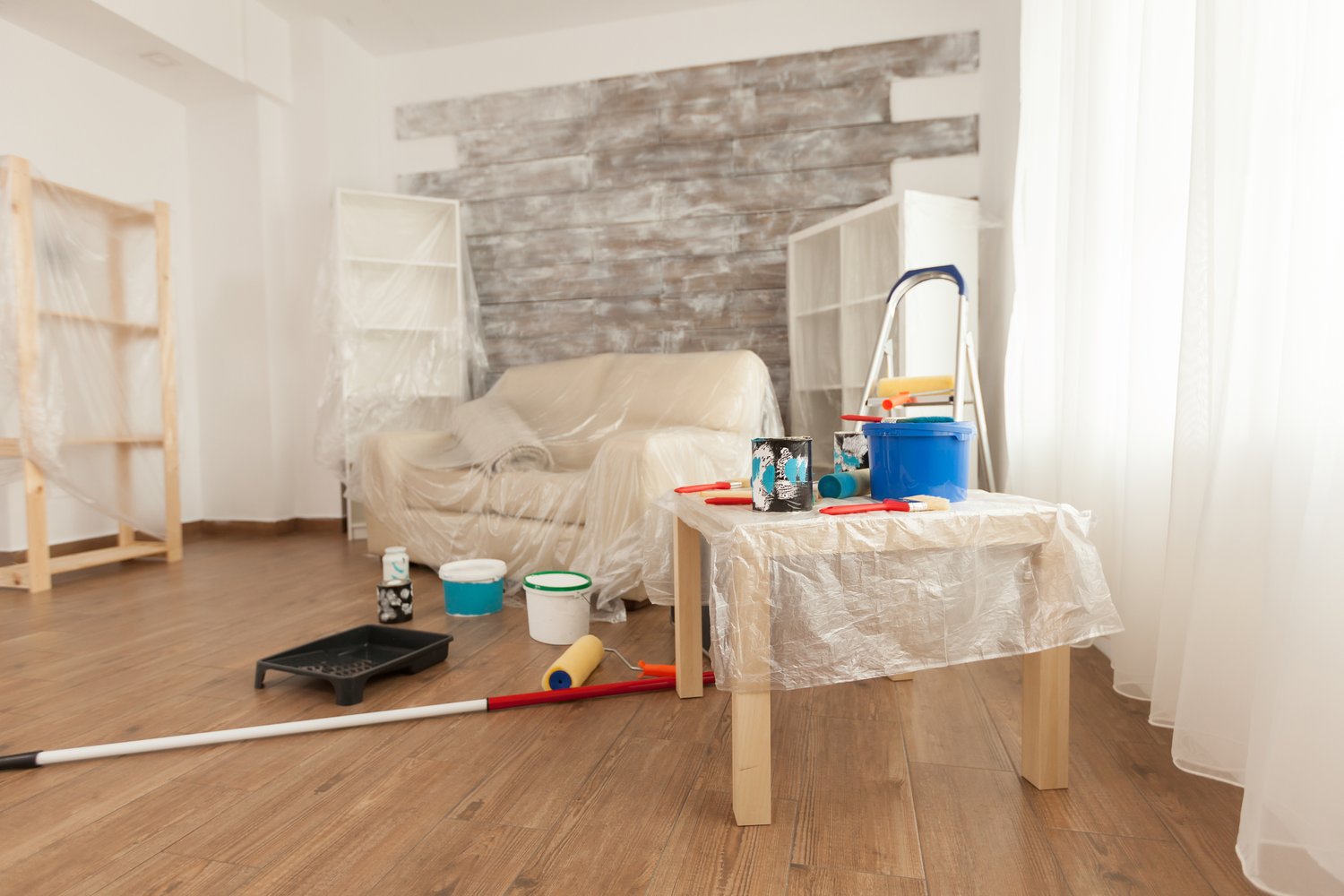The difference between an amateur and professional flooring installation often comes down to the finishing details. Transition strips and moldings are crucial components that create seamless connections between different flooring materials, doorways, and room boundaries. These small but mighty elements not only enhance the aesthetic appeal of your floors but also serve practical purposes like preventing trip hazards and protecting floor edges. In this article, we’ll explore the various types of transition strips available, their specific applications, and how to select and install them correctly to achieve that polished, professional look in your home.
Understanding the Purpose of Transition Strips
Transition strips serve as bridges between different types of flooring or same-level surfaces. When you install new flooring that meets another surface—whether it’s hardwood meeting carpet, laminate transitioning to tile, or flooring ending at a doorway—you need proper transition pieces to create clean lines and protect vulnerable edges. Beyond aesthetics, these moldings prevent trip hazards by smoothing height differences between floors, protect exposed edges from damage, and allow for natural expansion and contraction of certain flooring materials like laminate and hardwood. Proper finishing flooring project details like transitions often determine how professional and complete your installation looks and feels underfoot.
Common Types of Transition Strips
The flooring transition strips types you choose should be determined by the specific junction you’re working with. T-molding for laminate floors is one of the most versatile options, featuring a design resembling a “T” shape when viewed from the side. This profile allows it to bridge two floors of equal height, commonly used between rooms with the same flooring type or between similar-height materials like laminate to laminate or hardwood to laminate. T-moldings are particularly important for laminate installations as they accommodate the expansion and contraction that occurs with temperature and humidity changes.
Reducer strips are designed specifically for transitions between surfaces of different heights. A reducer strip hardwood tile transition offers a gradual slope from the higher surface (typically hardwood) down to the lower surface (tile). These strips eliminate abrupt edges, making the transition safer and more comfortable to walk across. They’re commonly used when transitioning from hardwood or laminate to vinyl, carpet, or tile. Reducers are available in various materials and finishes to match your primary flooring, ensuring a cohesive look throughout your space.
End cap moldings, as the name suggests, provide a finished edge where flooring ends abruptly, such as at sliding doors, fireplaces, or exterior doorways. End cap flooring installation requires careful measurement and cutting to ensure a perfect fit that protects the vulnerable edge of your flooring material. These transitions create a polished finished look while preventing damage to exposed flooring edges. Proper installation of end caps is essential not only for appearance but also for the longevity of your flooring.
Selecting the Right Transition for Your Project
Choosing the appropriate transition type depends on several factors including the height difference between surfaces, the types of flooring being joined, and the location of the transition. For height differences exceeding 3/4 inch, consider using a combination of transitions or specialized products designed for significant variations. Material compatibility is another crucial consideration—ideally, your transitions should match or complement your primary flooring. Many manufacturers offer coordinating transition pieces specifically designed to match their flooring products.
When considering style, remember that transitions can either blend in with your flooring for a subtle look or stand out as a design feature. For contemporary spaces, sleek metal transitions might be appropriate, while traditional homes might benefit from wood transitions that match trim work. If you’re unsure about the right selection, professional installers from platforms like AskHomey can provide recommendations based on your specific needs and help ensure your transition strips are both functional and aesthetically pleasing.
Professional Installation Tips
While installing transition strips may seem straightforward, proper techniques ensure longevity and safety. Begin by measuring the doorway or transition area carefully, cutting your molding to fit with appropriate tools for the material. For t-molding for laminate floors, remember to leave the recommended expansion gap between the track and the flooring. Most transitions require a track or base that’s secured to the subfloor first, with the visible portion snapping or screwing into place afterward.
When installing reducer strip hardwood tile transitions, ensure the gradual slope faces the correct direction for safety and comfort. For end cap flooring installation, precise cutting is essential for a neat finish, particularly at corners or where pieces need to meet. Take time to dry-fit all transition pieces before final installation to ensure proper alignment and fit. If your transitions require adhesive, choose products specifically designed for your flooring materials to prevent damage and ensure a strong bond.
Maintenance and Longevity
To keep your transitions looking their best, include them in your regular floor cleaning routine. Wood and laminate transitions benefit from the same care as their matching floors, while metal transitions typically only require wiping with a damp cloth. Periodically check that transitions remain securely fastened, tightening any loose screws or reapplying adhesive as needed. With proper installation and maintenance, quality transition strips will last as long as your flooring.
For a truly professional finishing flooring project, attention to these small but significant details makes all the difference. Properly installed transition strips not only enhance the appearance of your floors but also contribute to their durability and safety.
For more tips and to connect with reliable home service professionals, follow AskHomey on Facebook and Instagram.



